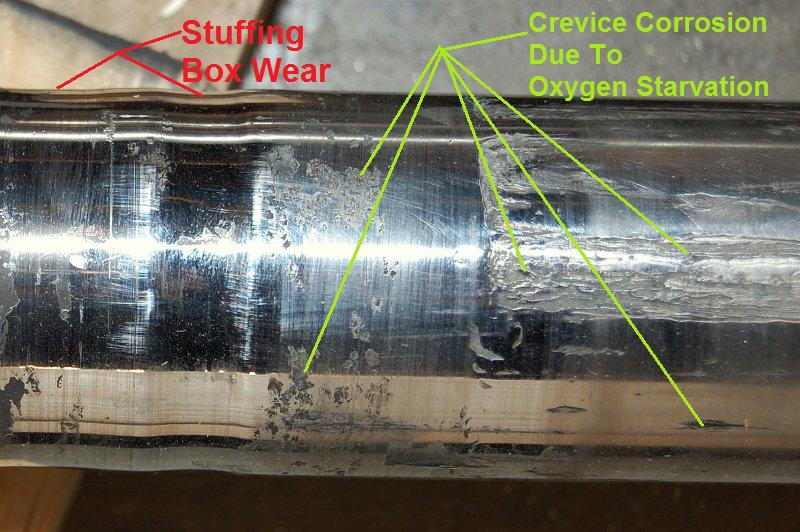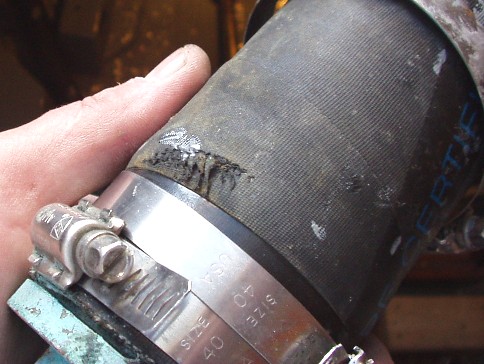Hello All,
I'm in the process of R-n-R'ing the 5432 in my E38 with a used engine. In the process of removing the engine several other things are receiving attention.
I am considering installing a dripless shaft seal while the engine is out. Boats with dripless setups seem to have less corrosion issues on the coupling, etc. and keeping more water out can't be a bad thing.
Pro's & cons of installing one of these would be appreciated. I have looked at the PSS as well as the Lasdrop? I think Tides Marine also makes one? Also would like to know if they make aligning the shaft any easier or more difficult.
Thanks, RT
I'm in the process of R-n-R'ing the 5432 in my E38 with a used engine. In the process of removing the engine several other things are receiving attention.
I am considering installing a dripless shaft seal while the engine is out. Boats with dripless setups seem to have less corrosion issues on the coupling, etc. and keeping more water out can't be a bad thing.
Pro's & cons of installing one of these would be appreciated. I have looked at the PSS as well as the Lasdrop? I think Tides Marine also makes one? Also would like to know if they make aligning the shaft any easier or more difficult.
Thanks, RT


